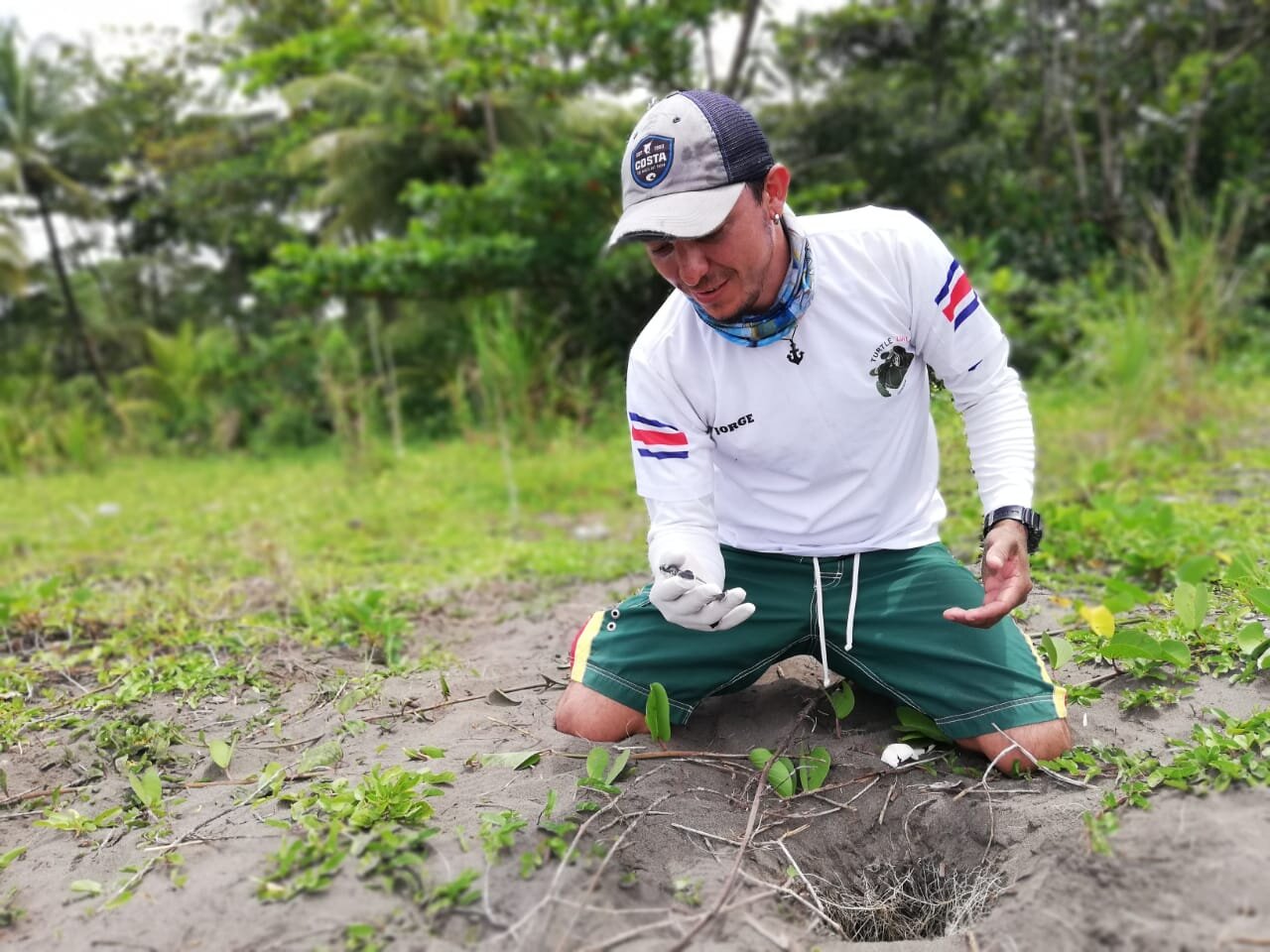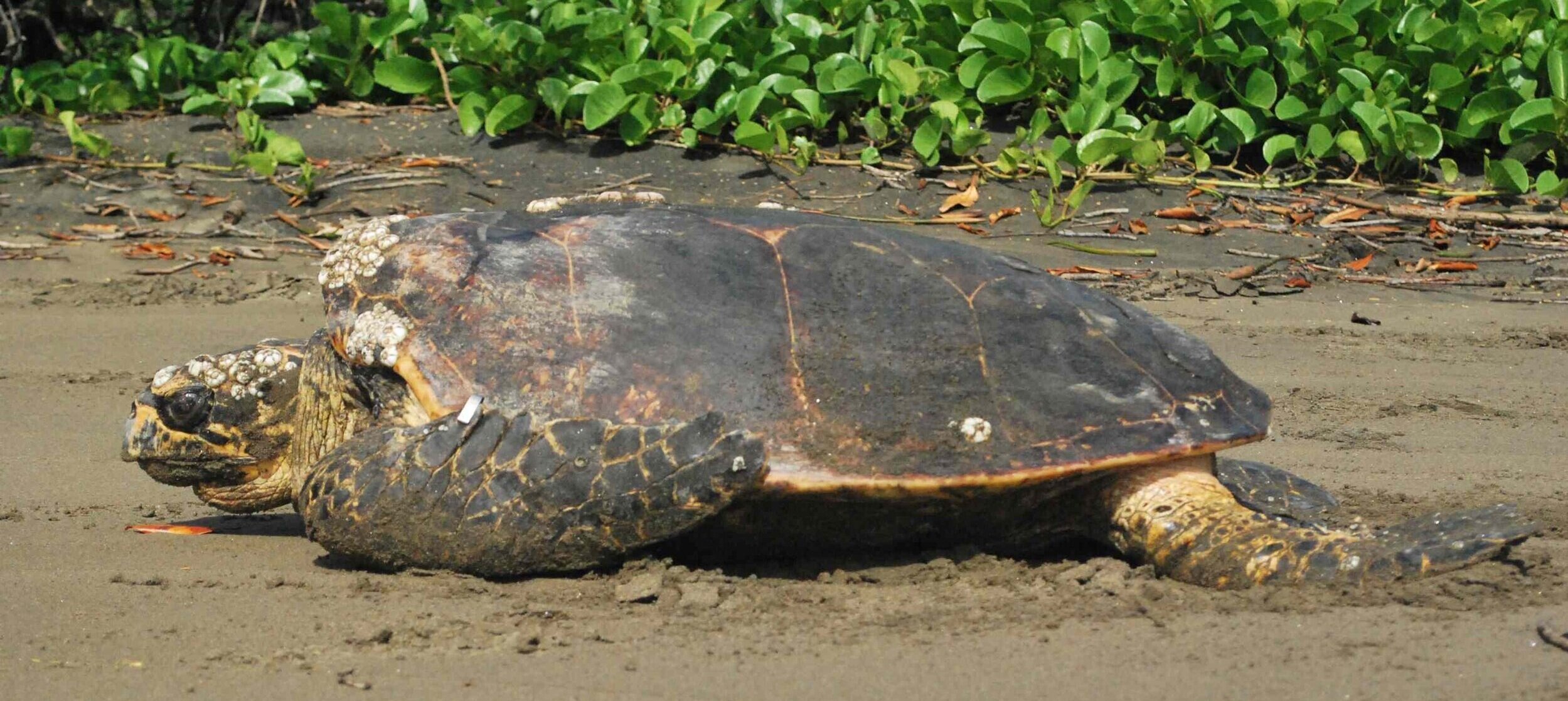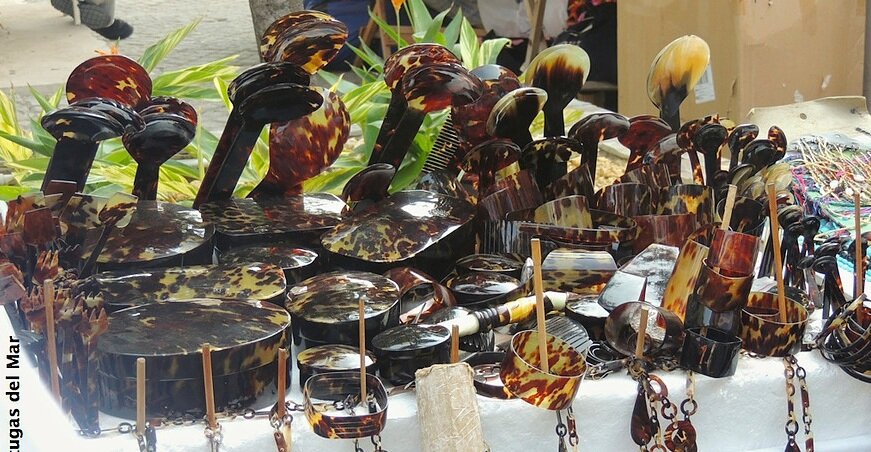Our Billion Baby Turtles Fund is now one of the largest private sources of funding for turtle nesting beaches and we are proud to partner with some of the most effective wildlife conservation organizations in the world. These funds are having an impact on the beaches and in the water and none of this would be possible without the support of our generous donors, sponsors, travelers, and other supporters.
Here are some updates from our partners around the world:
Turtle Love Project (Costa Rica)

Photo: Turtle Love Project
Turtle Love Project is a new program in Costa Rica working to protect a previously unpatrolled stretch of beach south of Tortuguero National Park. We provided seed funding for this program through support from the J. Berman Memorial Fund. Starting their work in June 2019, they began nesting patrols, environmental education programs, and community outreach.
Their results from their first year include:
-
Protecting more than 700 green turtle nests, 12 hawksbill nests, and 14 leatherback nests;
-
The percentage of nests poached was reduced from more than 90 percent to under 20 percent:
-
Nearly 60,000 hatchlings were released to the sea; and
-
Their educational programs reached more than 1,700 local residents and their volunteer program helped three local families.
Tortugas de Osa (Costa Rica)

Photo: Tortugas de Osa
Another new project in Costa Rica (this one on the Osa Peninsula) funded through the J. Berman Fund, Tortugas de Osa works with local residents to patrol nesting beaches including Carate, Rio Oro, and La Leona. This project works closely with the local community, including former gold miners who were looking for alternative livelihoods. This nesting area is one of the biggest areas for solitary olive ridley nesting (as opposed to the arribada beaches) in the region.
In their first season, the Tortugas de Osa team was able to:
-
Protect more than 3,700 nests, including 52 who were moved to the hatchery, 279 that were relocated, and nearly 2,900 protected in-situ; and
-
Nests affected by predators (primarily stray dogs) was only 7 percent of all the nests laid on the three beaches.
Grupo Ecologista Quelonios (Mexico)

Photo: Grupo Ecologista Quelonios
This organization founded by Mexican citizens in 1992 has been working to protect one of the most important nesting areas for the critically endangered hawksbill sea turtle in the Western Hemisphere. Located on the Gulf of Mexico side of the Yucatan Peninsula, this project has had extraordinary success in growing their nesting numbers since starting nearly 30 years ago.
Their success includes:
-
Nesting numbers have increased nearly 300% since 2011, going from 500 nests to more than 1,400 in 2019.
-
In the 2019 nesting season, they released more than 140,000 hatchlings to the sea with zero nests depredated by humans or animals.
Fauna & Flora International – Nicaragua

Photo: Nick Bubb / FFI
SEE Turtles has collaborated with FFI Nicaragua since 2013 to protect one of the most important nesting areas for the Eastern Pacific hawksbill at Padre Ramos Estuary, one of the most endangered populations of sea turtles in the world. FFI works closely with the local community to support residents who collect the eggs and bring them to a hatchery for protection. This helps support both the local economy and the conservation of these turtles.
Highlights of their most recent season include:
-
139 hawksbill nests protected with more than 9,500 hatchlings released;
-
Nearly 99% of nests were protected, a turnaround from 100% of nests poached before the project began; and
-
Forty former poachers now employed by the program benefitted from this project’s innovative payment program, which also provides support for community projects.
Our Billion Baby Turtles program had its best year ever in 2019 with the help of these partners and others. In total, we helped save more than 1 million endangered hatchlings by supporting work at 27 important nesting beaches around the world last year, bringing our total to nearly 3 million hatchlings saved to date.


